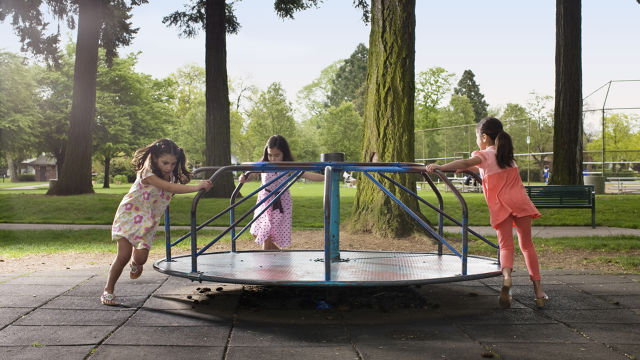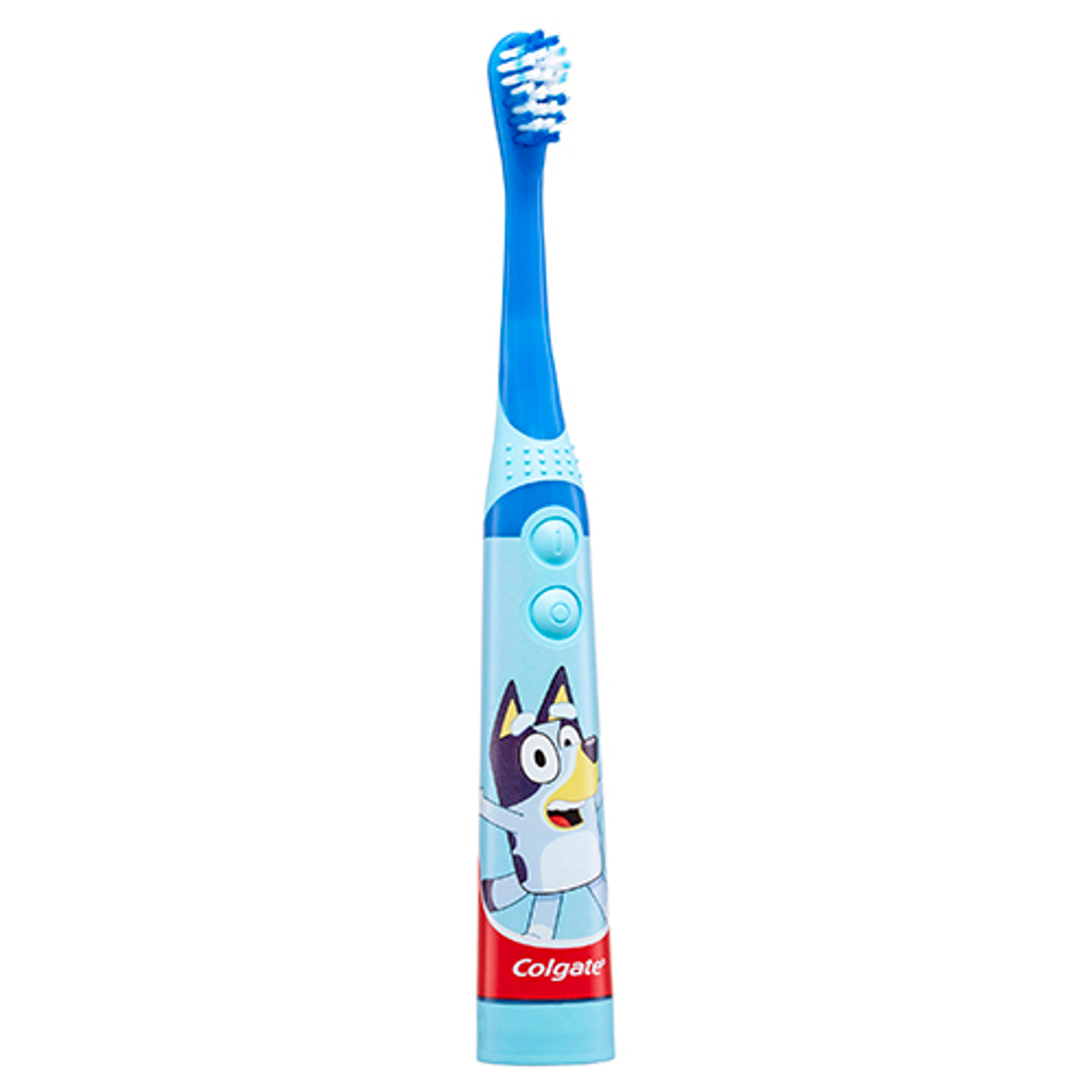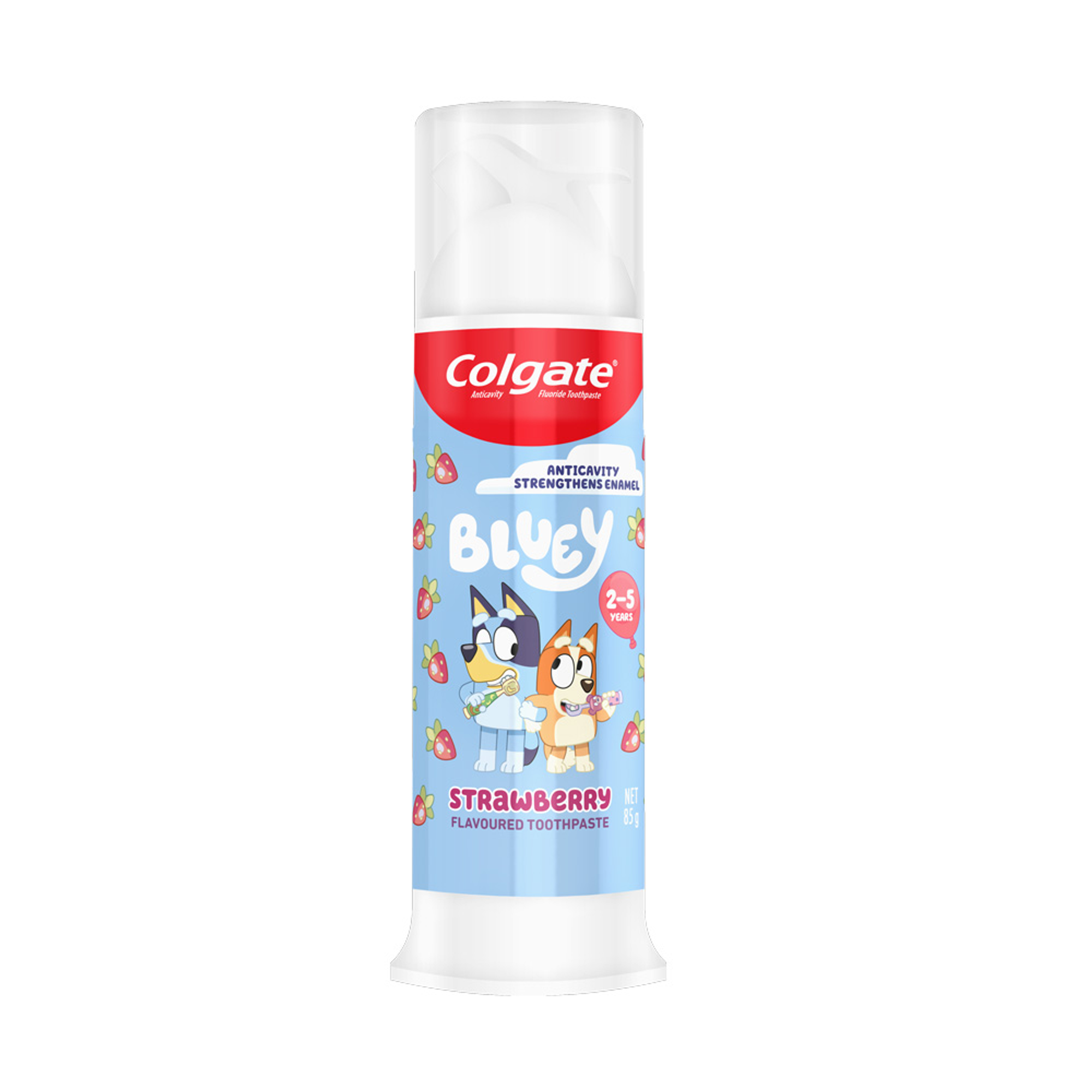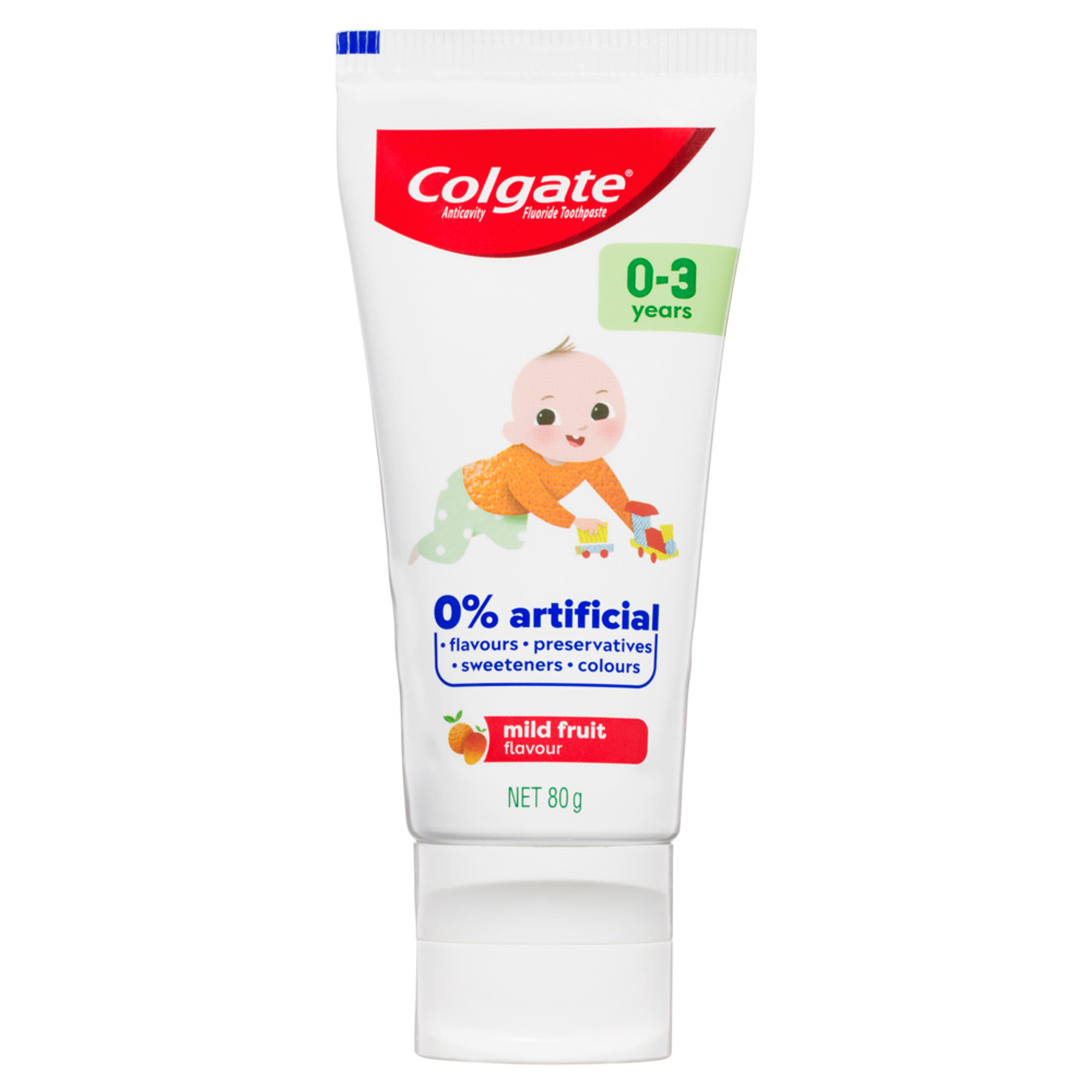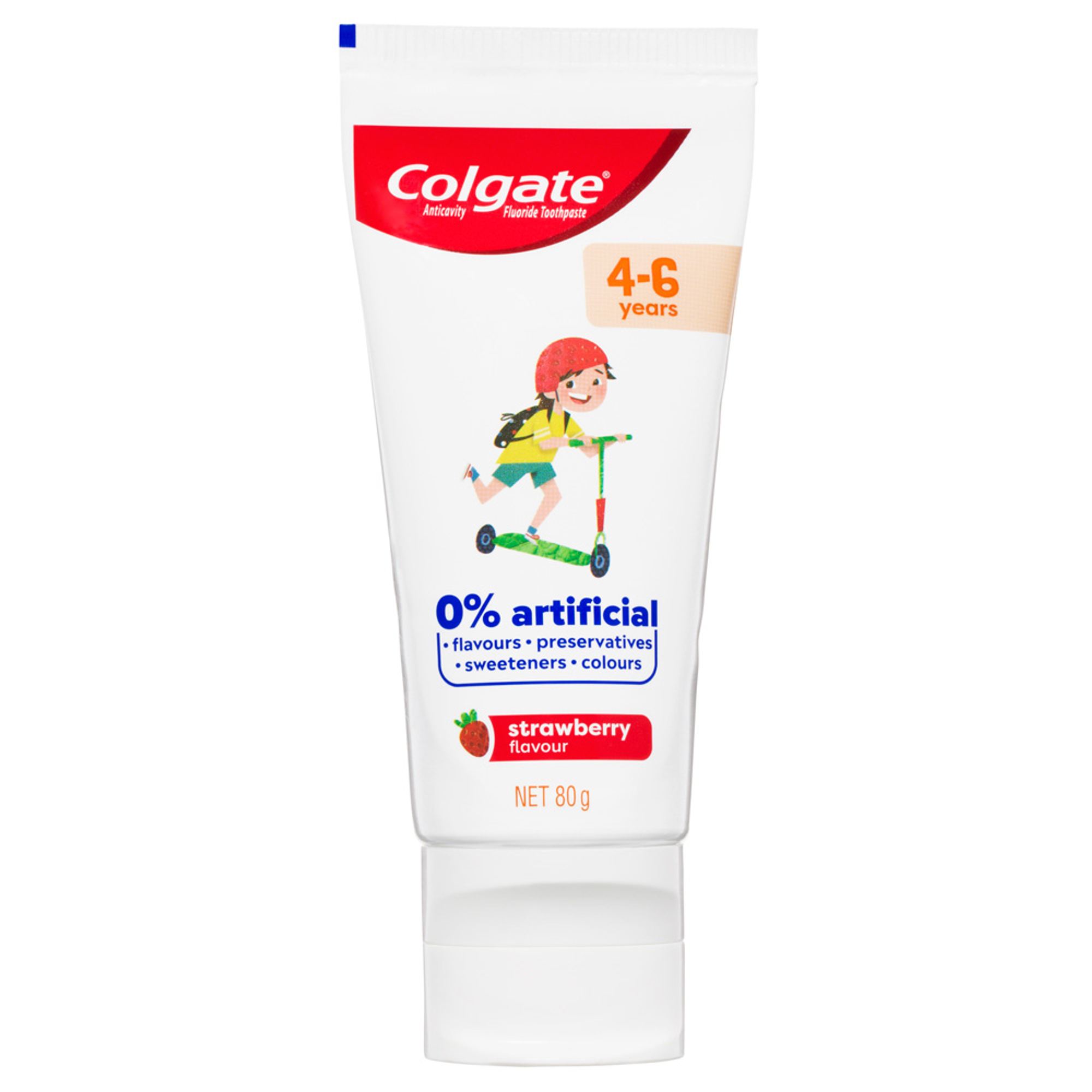You'll most likely start to see the first tooth pushing through the gum tissue when your child is between four and seven months old, and each child may experience this differently. One child may have a tooth erupt without a parent even knowing it, another child may become irritable, cry or wake up more often. Parents often note that their child starts to "drool more" or wants to "put everything in their mouth" when they're teething.
Symptoms of Teething
Some babies can be more unsettled than usual when they start teething, often because of soreness and swelling in the gums before a tooth breaks through. These symptoms usually begin approximately three to five days before the tooth shows, and the symptoms can disappear as soon as the tooth erupts. The front teeth are the first to erupt at around four to seven months; the back teeth erupt between 18 and 24 months. Teething occurs when each of the 20 primary (baby) teeth are erupting. Usually all of the baby teeth have erupted by around two to three years of age.
Other baby teething symptoms include:
· Drooling
· Gum swelling and sensitivity
· Biting behaviour
· Refusing food
· Sleep problems
Teething Tips
Encourage your baby to chew on cold objects: A frozen washcloth (rolled up) or cold teething rings are popular choices among parents. Ensure these rings cannot be pierced, in accordance with Queensland Government Queensland Health recommendations.
Massage your baby's gums with your finger or a moistened gauze pad. If you're inclined to use an over-the-counter pain reliever, always read the label and follow the directions for use.
Caring for Your Baby's Gums and First Teeth
Before your baby's first tooth arrives, keep your baby's gums clean by wiping them with a moist washcloth or gauze every day. This can keep bacteria from building up in your baby's mouth, especially if he or she continues to bite into toys and other household items. But when your baby's first teeth appear, switch to a small, soft-bristled toothbrush.
After your baby's first tooth arrives, it's a great time to start with regular dental checkups as well. The Australian Dental Association recommends scheduling this first dental visit after the first tooth erupts and no later than the child's first birthday. Your baby's teeth and gums will be examined at their first visit, and it's important to use safe and gentle teeth-cleaning products at home. Be sure to use just a smear of fluoride toothpaste during brushing.
Make sure to brush your child's mouth twice a day just like you would for yourself. Remember that having regular childhood dental care will help set the stage for a lifetime of healthy teeth and gums. There's nothing better than a happy, smiling baby looking up at you with a priceless, toothy grin!
About the author: Diana Tosuni-O'Neill is a licensed registered dental hygienist in New York and New Jersey with over 25 years of clinical experience in dental hygiene practice. She was employed for over 15 years with the team dentist for the sports teams the New York Giants, the Brooklyn Nets and the New Jersey Devils. Diana is also an ACE Certified Personal Trainer and a Group Fitness Instructor. Her passion for the dental and fitness fields spans over two decades. She is also a freelance writer specialising in oral health care. She enjoys traveling, gardening, decorating and her fitness workouts. Diana presently resides outside Manhattan with her two children
This article is intended to promote understanding of and knowledge about general oral health topics. It is not intended to be a substitute for professional advice, diagnosis or treatment. Always seek the advice of your dentist or other qualified healthcare provider with any questions you may have regarding a medical condition or treatment.








